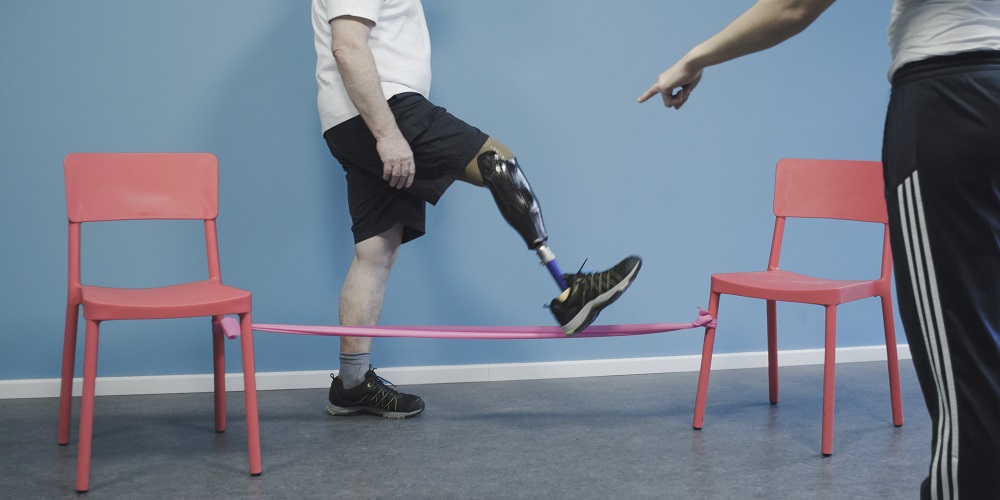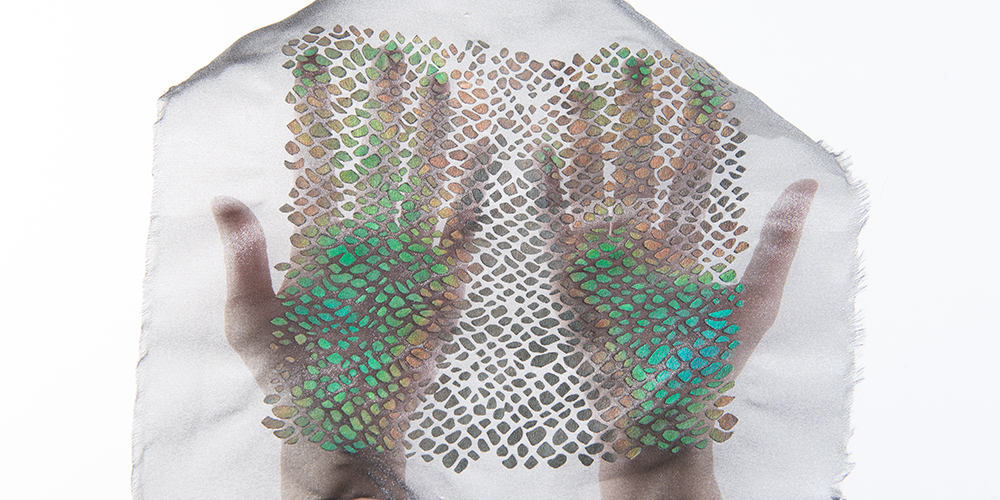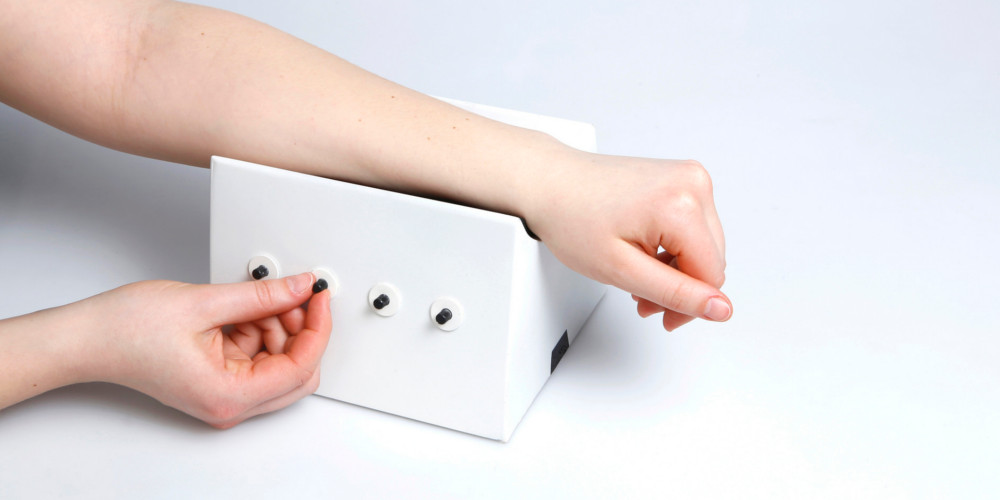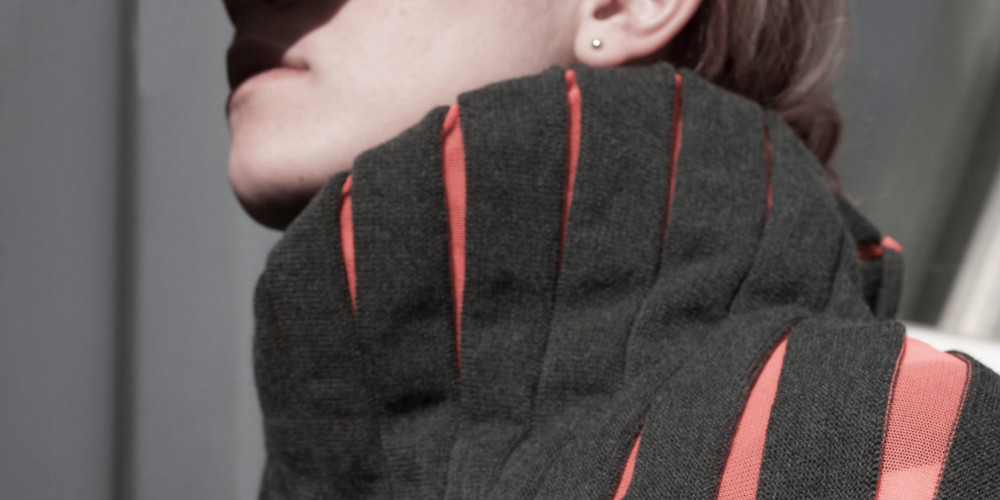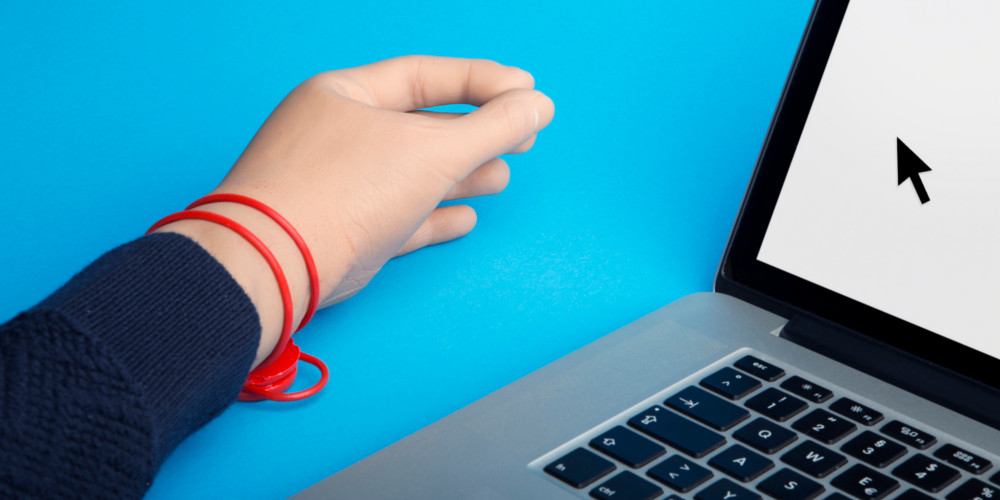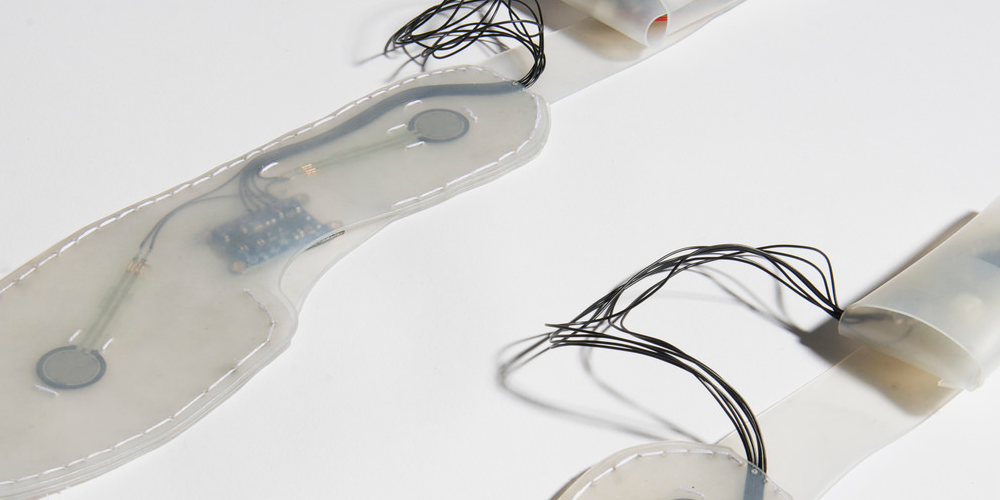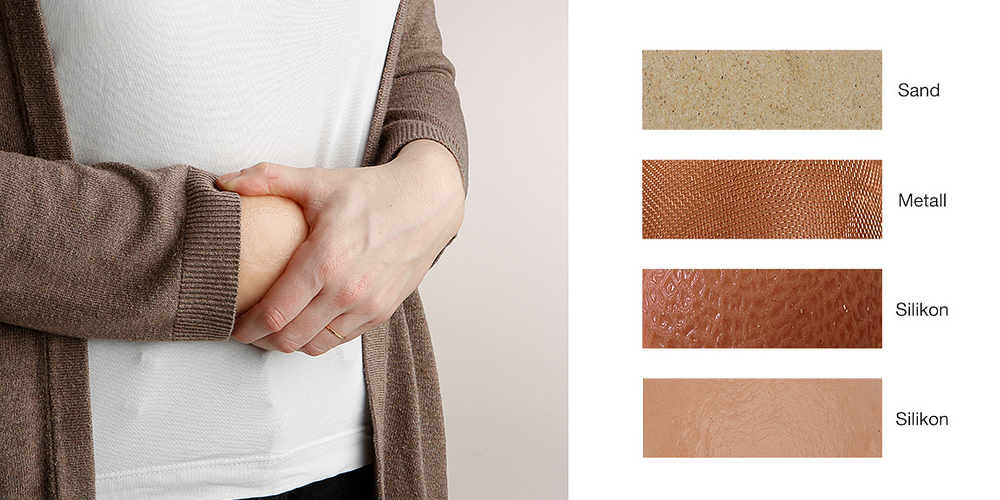
The Artificial Skins and Bones Group
Winner of the STARTS-Grand Prize – Innovative Collaboration: Awarded for innovative collaboration between industry or technology and the arts (and the cultural and creative sectors in general) that open new pathways for innovation.
The Artificial Skins and Bones Group is an interdisciplinary group of young designers from Weißensee Kunsthochschule Berlin. Their expertise ranges from textile, surface and product design to fashion and visual communications. In the Artificial Skins and Bones project the group freely explored the design of and interaction with artificial bodies and body parts. The projects presented illustrate a great variety of possible starting points, prototyping techniques, and application scenarios. We hope that the outcome will be a valuable contribution to the future exploration of artificial bodies and prosthetic designs.
About the projects
Nature’s patterns, structures, and functions are an endless source of inspiration. We started our project by looking into our body’s design and examining elements that may be applied to the design process of artificial bodies. The idea for this topic developed through our collaboration with Ottobock, the world market leader in prosthetics. Through workshops with their technicians and physiotherapists, interviews with amputees and a visit to Ottobock’s research and production hub in Duderstadt, we added additional topics to our agenda: the language of sensation, interaction with artificial body parts, and the aesthetics of artificial bodies and their relationship to the aesthetics of natural bodies.
Tactile Sensation
Nina Rossow
Tactile Sensation explores two possibilities of displaying information through tactile feedback: Sens_mat allows passive tactile recognition of materials when direct contact is not possible. Sens_dia simplifies descriptions in pain diagnostics and offers a non-verbal and body specific communication.
Shortcut
David Kaltenbach, Maximilian Mahal and Lucas Rex
Shortcut is a customizable human interface device (HID) for upper-limb amputees. The bracelet detects sensory muscular impulses in the phantom hand, translating them into contactless and intuitive computer controlling.
Audio Gait
Agnes Rosengren and Bernardo Aviles-Busch
Audio Gait sonifies movements to aid the understanding of body balance while walking. The portable system is an easy learning aid for shin prosthetics training, which translates walking movements into auditory feedback.
The Aesthetics of the Uncanny
Carmina Blank and Sandra Stark
One of the most heated discussions during the ideation period was about the concept of Uncanny Valley. The Aesthetics of the Uncanny explores the delicate balance between familiar prosthesis design standards and uncanniness. The team researched how targeted material conception can help to understand and control this phenomenon and can be taken into conscious consideration during the design process.
Course Instructors: Prof. Wolf Jeschonnek, Prof. Mika Satomi
Participating Students: Bernardo Aviles-Busch, Carmina Blank, Hans Illiger, David Kaltenbach, Maximilian Mahal, Stephanie Nattrass, Natalie Peter, Lucas Rex, Agnes Rosengren, Nina Rossow, Sandra Stark, Lisa Stohn, Babette Wiezorek, Karina Wirth, Jhuting Yang
Main project partners: Weißensee Kunsthochschule Berlin, Fab Lab Berlin, Ottobock Healthcare GmbH, Makea Industries GmbH

